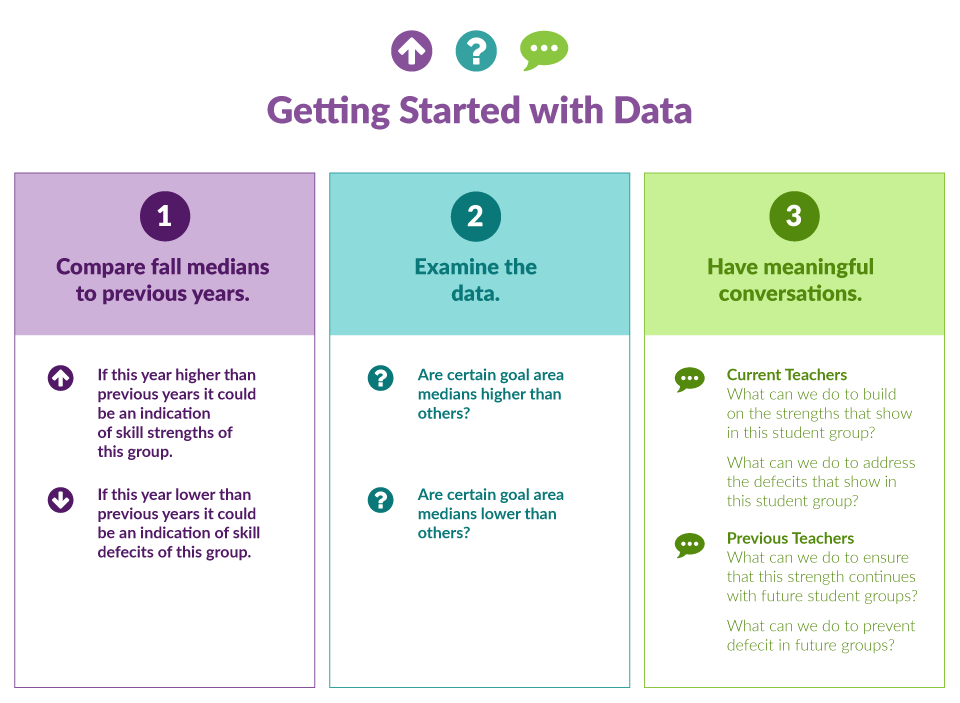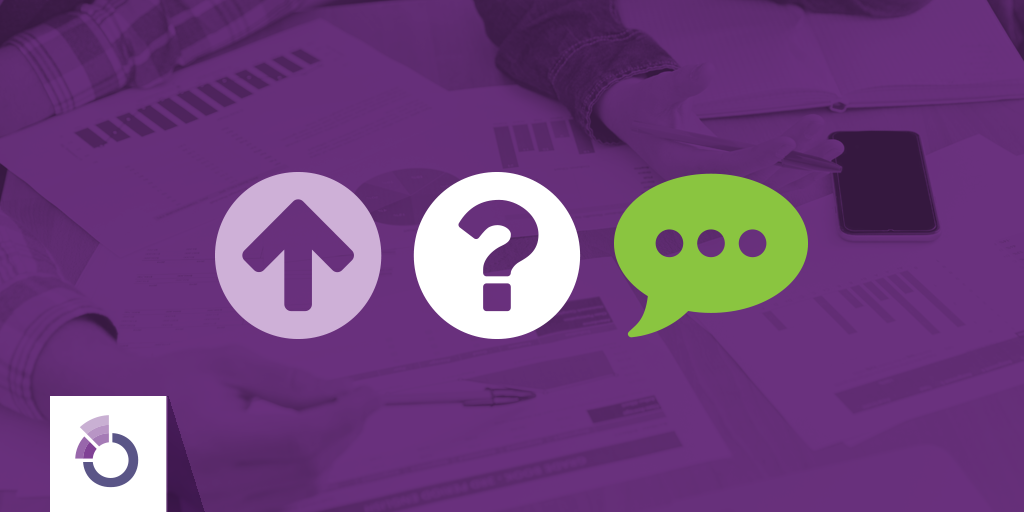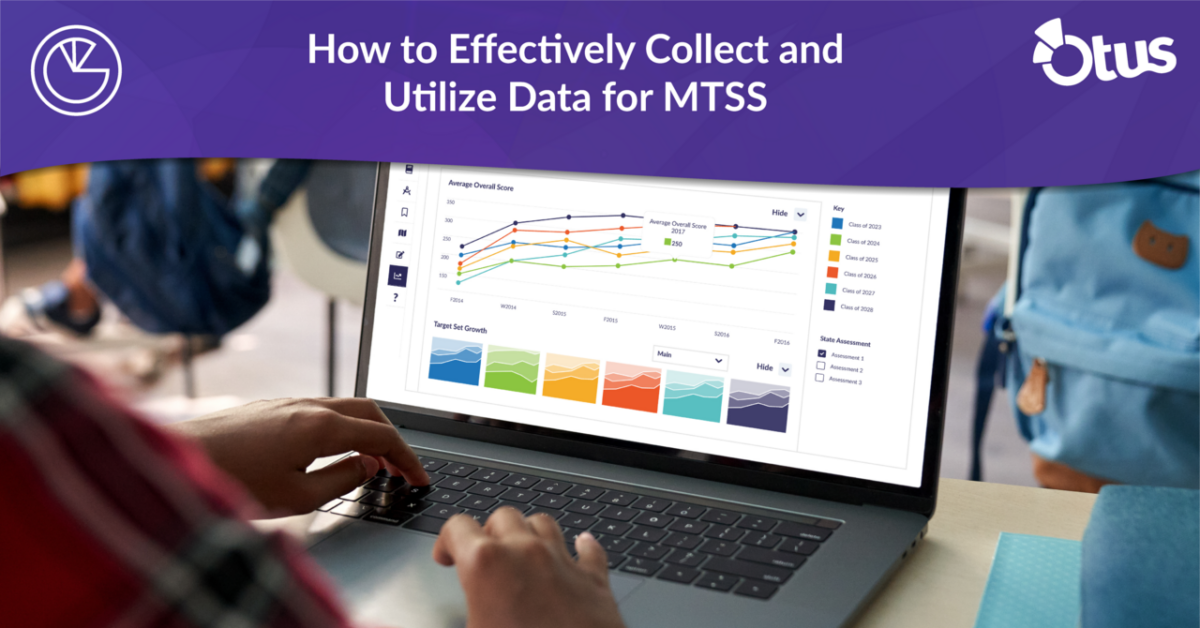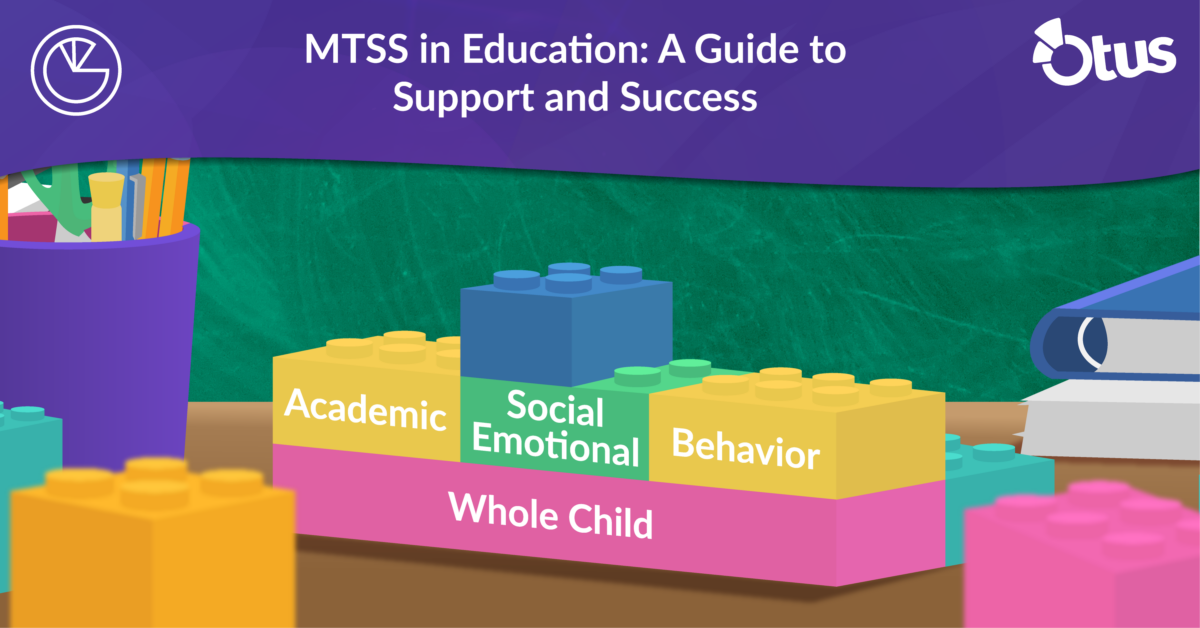The beginning of the school year brings excited students, teachers and administrators back to the building, and relieved parents. The start of the school year also signals the fall testing window is fast approaching. Students will soon take beginning-of-the-year standardized tests, district-developed benchmark assessments, reading inventories, and other teacher-made assessments.
Once testing is complete, administrators will need to decide how to use this data to determine where to focus for the year.
What questions should you ask about your fall data? How do you begin to dig into the data and plan for your teacher and leadership teams to help them have an effective year? The graphic below can walk you through getting started.
This process will clarify the steps to address the needs of current students and to adjust the program for the students to follow.
Identify summer learning loss
Other questions educators can ask after the fall window relate to students who demonstrate significant summer loss.
For example, to determine this using Northwest Evaluation Association’s Measures of Academic Progress (MAP) Test, you can compare the spring score for each student to their new fall score. A drop of 5 or more RIT (Rasch unit) points warrants a discussion about how to get the student caught back up and on the same path they were on last spring.
Another discussion stemming from this information can be what can be done to prevent this type of loss over the next summer. Solutions could include a jump-start tutorial program late in the summer or encouraging other learning activities over the break.
Benchmark assessments
If you administer district benchmark assessments that are tied to standards, you can review the results by standard to identify areas of strength and weakness for the group. Again, this can lead to targeting work with students in certain areas to shore up these weaknesses.
This overall approach can be applied at the district, school, or classroom level. The key is to review the data you have to identify areas of weakness within a group and to provide targeted support in these areas to improve overall performance.
The data does not give us the answers; the information helps us ask better questions. Being able to focus on certain areas will help our teams be more effective and, in the overall picture, improve student learning.





